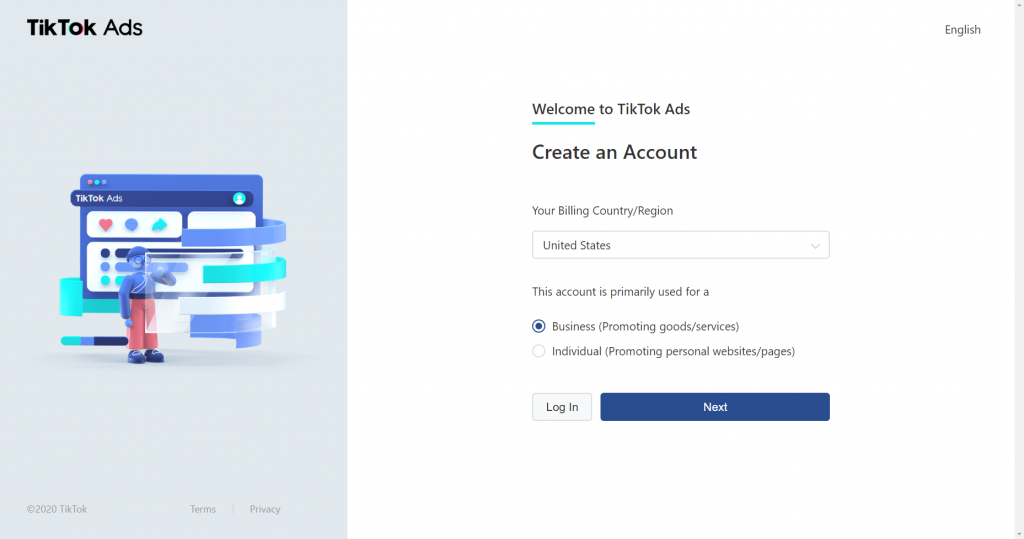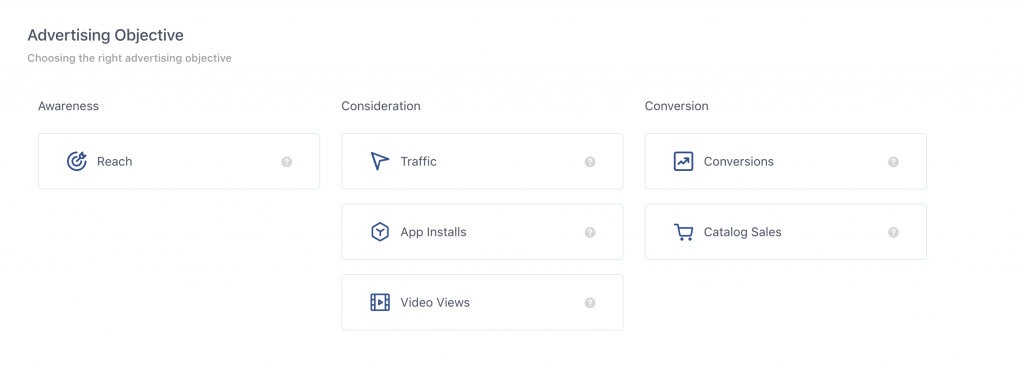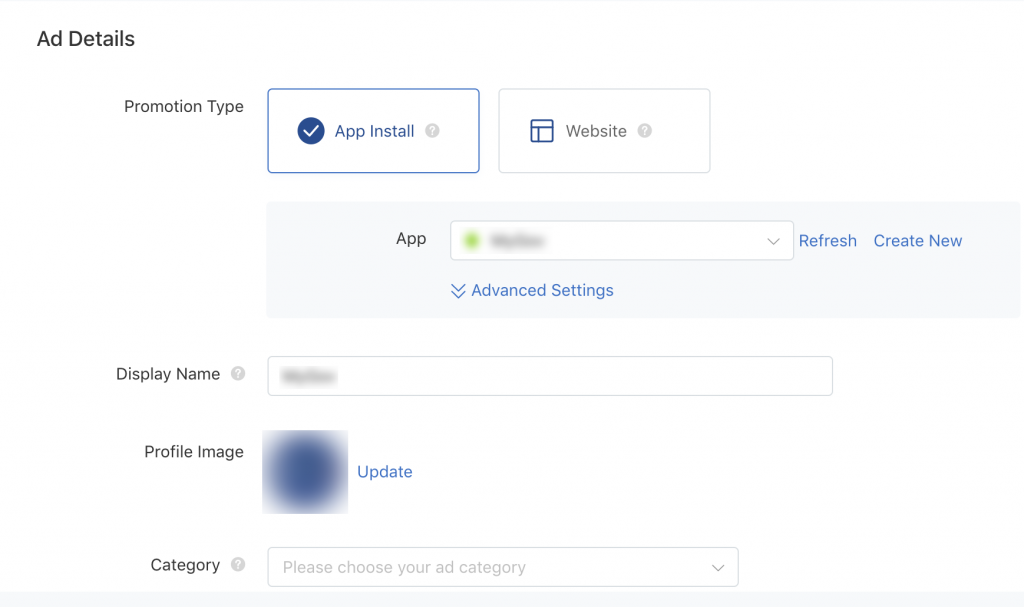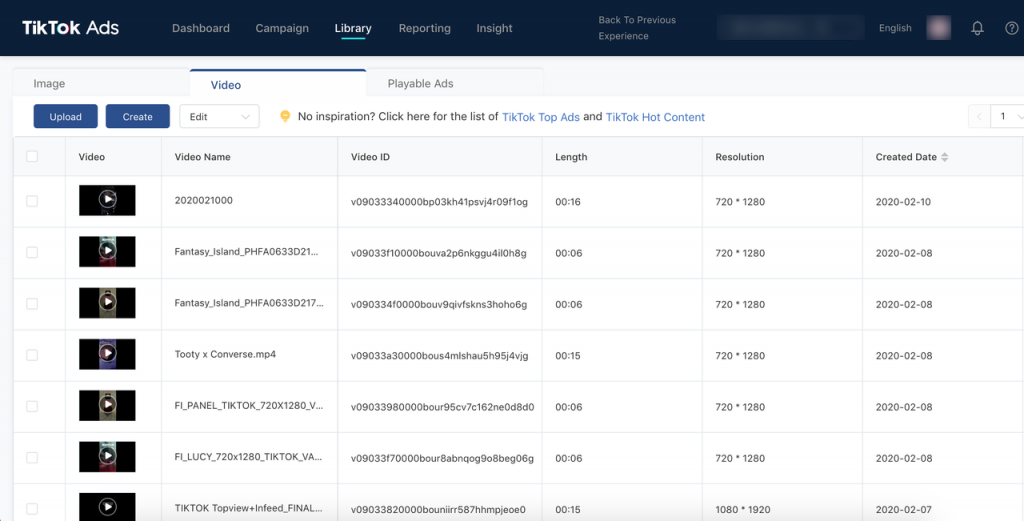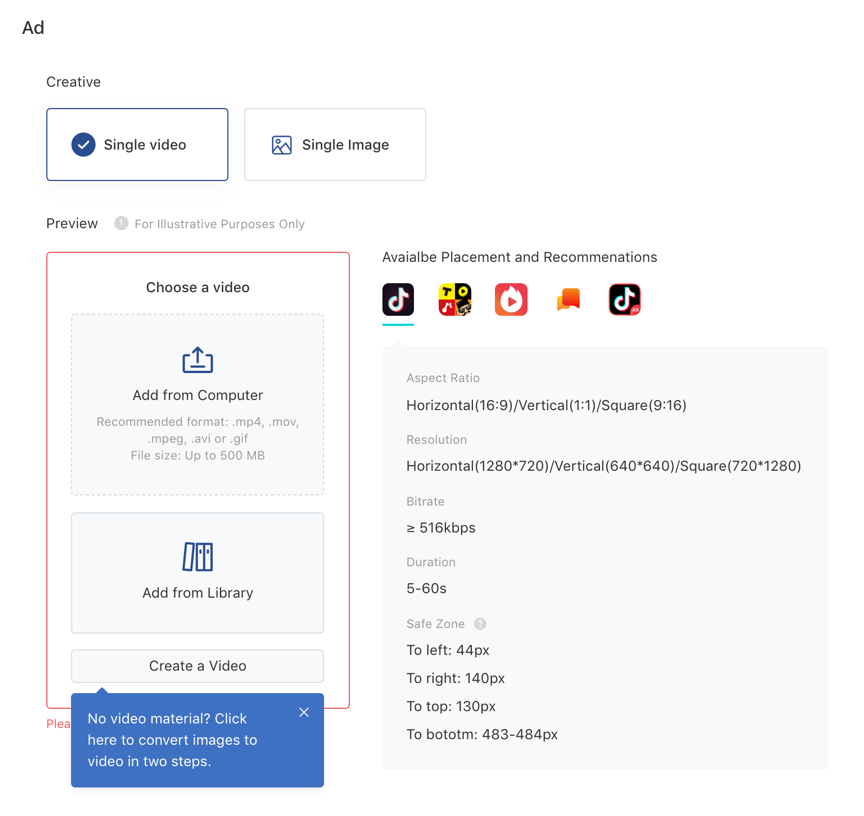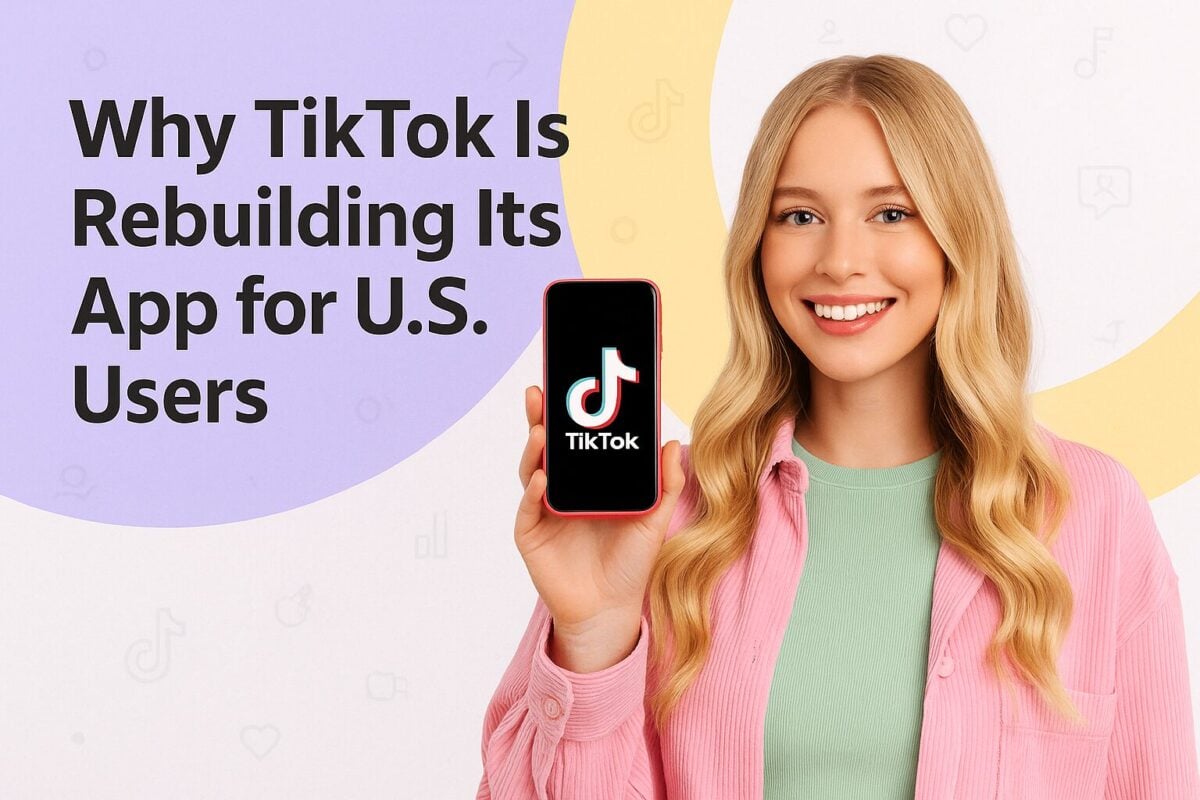Like every platform that runs ads, TikTok has its own algorithm that decides which ad goes to which user, and when.
Fortunately, TikTok took a page from Facebook’s and Google’s ad ranking algorithms and doesn’t just serve up the ads to the highest bidder. TikTok’s algorithm also takes the quality of the ad into account as well as the likelihood that TikTok users will interact with it. All platforms—TikTok, Google, Facebook, and others—love to keep their algorithms closely guarded secrets, but there’s still a lot that we know about how TikTok ranks ads.
In this article, we’ll break down how the TikTok ad rank algorithm works and walk you through getting started with TikTok advertising, from TikTok advertising options to how to create a TikTok ad campaign that gets noticed.
How TikTok Ads Work (+ How to Create a Killer TikTok Ad):
- TikTok Advertising Structure
- TikTok Advertising Options
- How TikTok Ranks Ads
- How to Create a TikTok Advertising Campaign Step-by-Step
- Sign up For a TikTok Ads Account
- Create a TikTok Advertising Campaign
- Create a TikTok Ad Group
- Set Creative and Targeting
- Set a Budget and Schedule
- Set up a TikTok Ad
- Create Killer TikTok Ad Campaigns
TikTok Advertising Structure
TikTok’s advertising structure includes campaigns, ad groups, and ads.
Sounds a lot like Google Ads, doesn’t it? In this section, we’ll show you how this structure works to create a successful advertising campaign that your TikTok fans will actually engage with.
When you understand how your campaigns are structured, you can set up better target audiences, design better creative, and spend your ad budget effectively. Ultimately, this helps you expand your ad reach, improve your ad’s performance, and achieve your TikTok ad campaign goals.
Campaign
Your TikTok ad starts with creating a Campaign. This includes setting a campaign objective, which is what you want your ads to do for your brand.
TikTok gives you different objectives to choose from, like Traffic (driving more traffic to your site), App Install (getting more people to install your app), among others. To set up your TikTok ad campaign, you’ll choose your objective and set a budget (daily, lifetime, or limitless) for the campaign before creating your ad group.
You can have multiple ad groups within each campaign. This helps you optimize your ads and measure performance.
Ad Group
TikTok lets you choose specific ad placements, set campaign budgets, target specific audiences, set optimization goals, and bid for each ad group.
Here’s how to set up your ad group:
- Choose your TikTok ad placements
- Fill out the ad details
- Choose your target audience
- Set up a budget and schedule for your TikTok ad
- Choose optimization goals and a bidding method
From there, you start creating ads!
Each ad group can house a single ad or multiple ads. This means you can compare different ads and optimize your TikTok ads based on their performance.
Ad
Here’s the part that’s the most fun for us creative types—creating your TikTok ad! Ads are what your target audience will get to see as they use TikTok.
Setting up your TikTok ads involves just two steps:
- Uploading images or videos that will be used in your TikTok ads
- Add ad copy and call-to-action buttons
TikTok’s advertising platform gives you basic video creation tools, making it really easy to create engaging ads without a production team or video editing experience.
Once you’ve created your ad, that’s it! You’re ready to run.
Ready to Showcase Your Brand?
Launch your TikTok ad today and connect with a dynamic audience. Take advantage of exclusive offers to maximize your ad budget and reach more engaged users on TikTok!
TikTok Advertising Options
TikTok is still a new platform and new to ads. However, TikTok does have a few mobile advertising techniques that brands on the platform will love.
Currently, you have to go through a TikTok advertising representative if you want to run promotions on the platform. Not great when you’re used to a self-serve bidding platform and managing your own advertisements.
As the platform continues to grow, this will likely change. TikTok has a self-serve ad platform in beta testing and the general consensus is that it’s easy to use and helps increase brand awareness, but targeting, interface, and metrics aren’t quite there.
Even without a self-serve advertising platform, TikTok offers several advertising options to choose from.
Biddable Ads
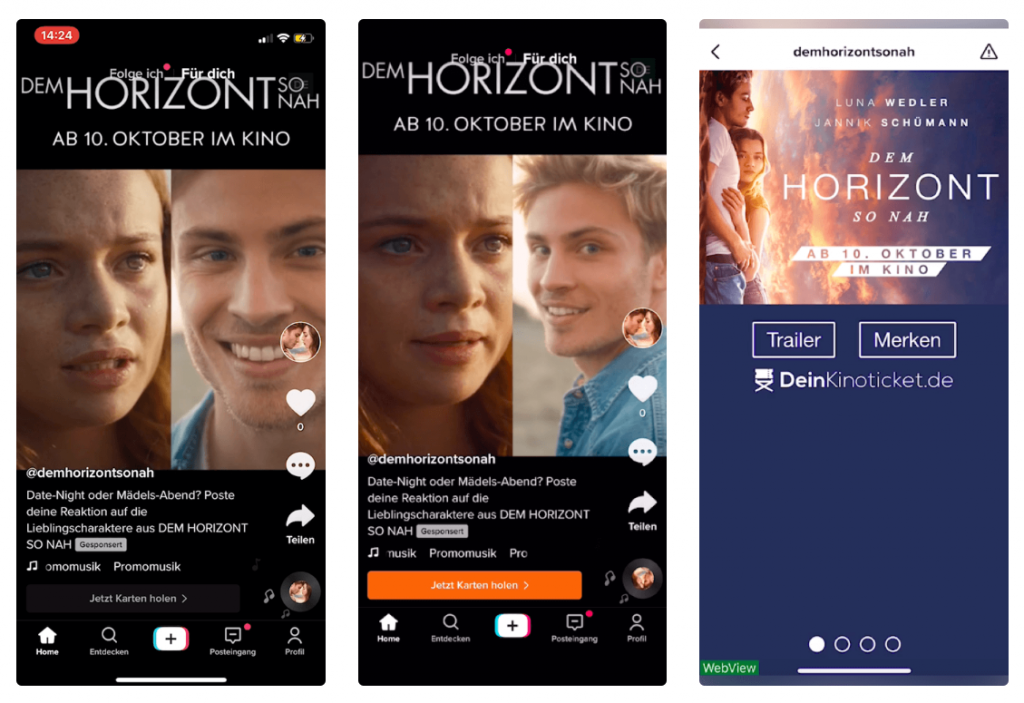
Source: tiktok.com
TikTok’s only biddable ad option is in-feed video ads. These are the ads that show up in the video stream for TikTok users.
Biddable, in-stream ads aren’t disruptive like other ad formats, but that means that they can also be easily overlooked.
You can purchase biddable ads using these models: CPC (cost per click), CPM (cost per 1,000 impressions), or CPV (cost per view, 6 seconds).
The audience targeting strategies available for TikTok’s biddable ads are:
- Age
- Gender
- Location
- Interest
- Device type
If you have your own targeting lists, you can use those lists. Additionally, TikTok has plans to expand its targeting capabilities to include more demographics and behavioral components.
Biddable ads come with a requirement of $500 minimum campaign spend, but TikTok encourages advertisers to invest an amount needed to accumulate enough data to produce results. That seems to imply that ad spend should be much more than the $500 minimum.
TopView
TopView is a video-based TikTok ad format designed to reach and engage a large audience through visually captivating ads. These audio-on, full-screen ads last up to 60 seconds, maximizing visibility and brand exposure by showing up the moment a user opens TikTok.
TopView ads can be linked to an external or internal landing page.
Brand Takeover
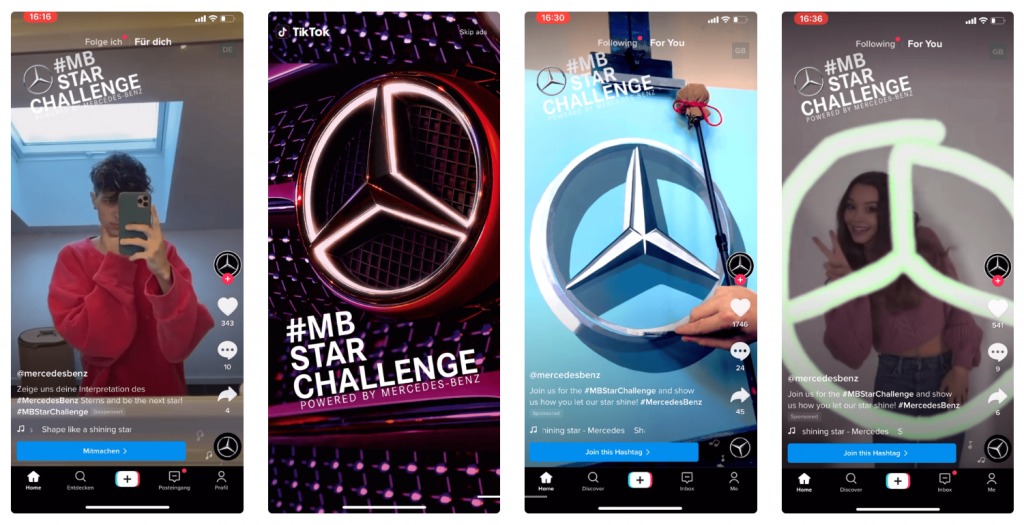
Source: tiktok.com
Brand takeover ads are the ads that show up as soon as you open the TikTok app. Since the ad appears the moment you open the app, you can be sure that your ad is reaching its audience.
These ads are limited to a single advertiser per day, which makes sense because the ads can be used to send paid traffic out of the app immediately.
Brand takeover ads have a high barrier to entry and are a lot more expensive than biddable ads.
Hashtag Challenge
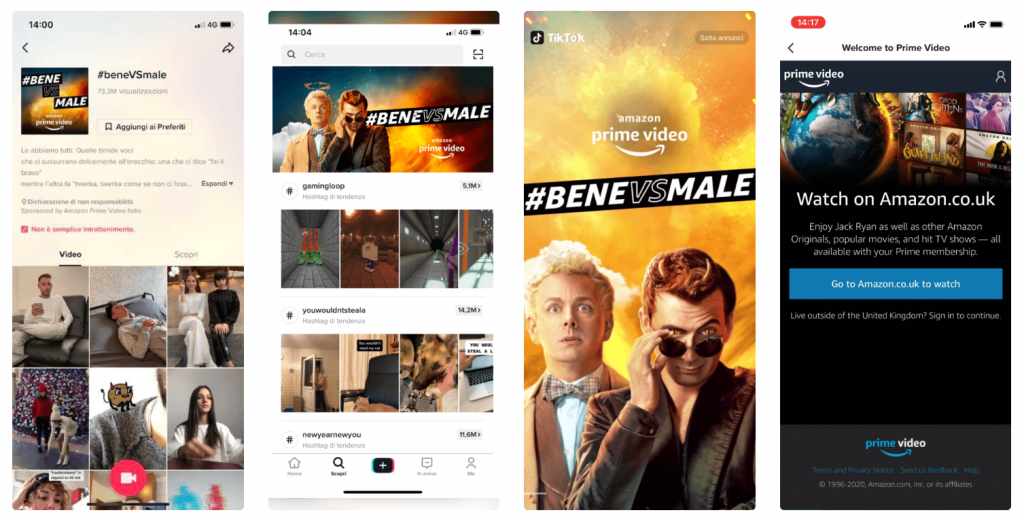
Source: tiktok.com
TikTok thrives on challenges.
With hashtag challenges, brands partner with TikTok advertising representatives to create a unique and engaging hashtag challenge, encouraging TikTok users to join the campaign by creating related TikTok videos and using the hashtag in the content.
These ads last six days.
Hashtag challenges are a great way to get engagement from user-generated content since TikTok users are naturally drawn to creating and sharing videos.
There’s also a Hashtag Challenge Plus that’s designed for eCommerce retailers. This ad type lets users browse and even purchase products related to the sponsored challenge.
The first brand to test out TikTok shopping was Kroger. The retailers #TransformUrDorm campaign saw several positive results from the ad campaign:
- A large increase in ad recall
- An increase in those associating Kroger as a back-to-school shopping destination
- An increase in users’ likelihood to shop at Kroger in the next three months
- KPIs of views and engagement rate above the brands benchmarks
Looking for hashtag ideas? Check out our TikTok Hashtag Generator!
Branded Effects
TikTok also offers branded filters and lenses, similar to Instagram and Snapchat.
Brands develop their own filters, 3D objects, and other interactive elements. Then, those elements are made available to TikTok’s users.
TikTok users then use the elements, elevating brand awareness.
Shoppable TikTok Videos
Shoppable TikTok videos are among the advertising options that are being made available to TikTok influencers for testing.
These ads are similar to Instagram’s Shoppable posts, letting brands add a URL to their TikTok advertising videos and send traffic to their eCommerce site and product pages.
This advertising option is highly sought after by eCommerce brands and retailers, but there’s currently no definitive date for Shoppable videos to become available, if they ever will.
Get Ahead of the Trend with TikTok Ads!
Start connecting your audience to your products with engaging video ads. Click here to set up your TikTok campaign and be ready to tap into shoppable content as it evolves!
How TikTok Ranks Ads
Now that you know a bit more about TikTok’s advertising structure and advertising options, let's examine how TikTok ranks ads.
While TikTok likes to keep the details a mystery, we can look to the experiences of ad buyers familiar with the platform to get an idea of how TikTok ranks ads.
At a high level, TikTok ad rankings are determined by a combination of ad relevance, ad quality, and bid price.
This is similar to many other advertising platforms where, while bidding is important, higher quality, more relevant ads will be shown more often. The idea behind this is that better ads will get more engagement and make the advertising platform more money.
TikTok advertisers also cite engagement as an ad ranking factor. Ads that get more likes, shares, and comments are going to show up more across the platform. Even better if those ads have high watch time or watch loops (how many times users watch a video on TikTok).
TikTok’s ad formats are unique to the platform. Given TikTok’s swipeable video feed format and the fact that users watch TikTok with sound on, TikTok offers a different experience from Facebook’s news feed or search engine results pages.
TikTok is a new platform and as such, offers less competition in its bidding auctions, lower CPMs compared to other platforms, and more room for ad creative to influence ranking (bringing down bidding costs).
As TikTok continues to grow, we’ll likely see the unveiling of a self-serve advertising platform that’s available to everyone, as well as new ad formats and measurement tools.
With that growth will come increased competition for ad rank.
How to Create a TikTok Advertising Campaign Step-by-Step
Sign up For a TikTok Ads Account
Start by visiting the TikTok Ads homepage and click Create an Ad.
Advertisers on TikTok have to go through a TikTok advertising representative, so you’ll need to fill out a form requesting your business details.
After that, a representative will reach out to you within 48 hours to set up your TikTok advertising account.
Note: If you’re in India, Vietnam, Japan, Taiwan, Malaysia, Indonesia, or Thailand, you’ll be able to sign up for a TikTok ad account directly.
Create a TikTok Advertising Campaign
Once your TikTok advertising account is ready, you’ll have access to the TikTok Ads dashboard.
From the TikTok Ads dashboard, select the Campaign tab from the top of the page and click Create.
Next, choose your campaign objective. You can choose from:
- Traffic
- Conversions
- App Install
Create a TikTok Ad Group
After setting up your TikTok ad campaign, you’ll need to create an ad group. This is where you choose ad placements, define ad details, choose a target audience, and refine your budget, schedule, bidding method, and delivery type
Select Placement and Ad Details
Placements are the places where your ads show up. TikTok recommends choosing Automatic Placements so its system optimizes your ad delivery across placements to reach more people.
Choosing Select Placement will let you manually select where your ads will appear.
TikTok also offers Japanese advertisers a block list option (Pangle). You can add undesired placements to your block list to keep your ads from appearing in those places.
Next, you’ll need to fill out details in the Ad Details section about what it is you’re promoting.
Here are the details you’ll need to include:
- Promotion Type: Depending on the campaign objective you chose for your TikTok ad, you can choose from two promotional types, app install and website.
- Display Name: Add a brand or app name to display to your audience.
- Profile Image: Upload a profile image to be shown to your audience as part of the ad (no more than 50KB, aspect ratio of 1:1).
- Category: Choose an ad category that best describes your promotion. This will help TikTok’s advertising optimization model run more effectively.
- Ad Tags: Add keywords to describe your App/Website (up to 20 tags). TikTok’s algorithm will use the tags to match your ads with the right audience.
- User Comment: Enabling this feature lets your audience comment on your TikTok ads.
Set Creative and Targeting
TikTok has an Automated Creative Optimization feature that will automatically generate combinations of your creative assets (images, videos, ad copy), delivering only the high-performing combinations.
After you’ve uploaded your ad creative, it’s time to set a target audience.
TikTok Ads gives you several targeting options so you can reach the perfect audience for your ads.
In TikTok, you can create or exclude a custom audience or lookalike audience, similar to Facebook. You can also target users based on demographics and devices to narrow your audience by age, gender, interests, operating system, and even mobile carrier.
There are also demographic and device options for you to narrow your audience, including age, gender, interest, operating system, and carrier targeting.
Again, if you have a list you want to target, you can upload a CSV, TXT, or ZIP file here.
Set a Budget and Schedule
After you’ve chosen your objective, you’ll need to set an advertising budget and schedule.
Under the Budget & Schedule tab, you can set the budget for your ad group by choosing either Daily Budget or Lifetime Budget from the dropdown.
Next, set the duration for your ads. In addition to choosing the dates you want your ad to run, you can specify certain times of the day or week.
Now, you need to set pacing for your budget. Here, you have two options:
The Standard delivery method spaces your budget evenly over the duration of your ad push.
The Accelerated delivery method spends your ad budget as quickly as possible.
Retailers can then choose an optimization goal (impressions, clicks, conversions). Bidding will then be fine-tuned based on those goals.
Different optimizations will be billed in different ways. If you optimize for impressions, for example, you’ll be charged on a CPM basis. When optimizing for clicks, however, you’ll be billed based on CPC.
Charges for conversions are based on an optimization cost per click (oCPC) basis. This ensures that ads are served to the people most likely to convert. For conversion goals, you’ll bid on the expected conversion cost, but will pay per click.
If you choose to optimize for conversions, you’ll need to create conversion events in the Library section by tapping on Conversions and setting up conversion tracking with a pixel.
You’ll also have the option to enable TikTok’s Smart Optimization option. If you decide to enable this feature, TikTok will continually optimize your ads to increase conversions.
Set up a TikTok Ad
Creating a TikTok ad is really easy. Just upload your edited videos or images, or design eye-catching ads right in the ads platform with its easy-to-use video creation tool.
Add Your Creative
You can choose an image or video ad format on TikTok’s ad platform.
To upload your media, you can upload from your computer, add from your library, create a new video, use a video template, or choose the Smart Video feature that analyzes your media to create great videos.
Finishing Up
Once you’ve got your ad creative uploaded, choose a cover photo and preview your TikTok ad.
You’ll also need to enter a name for your ad, add text to your ad, and finally add a call-to-action.
When you’re all done, click Submit.
Create Killer TikTok Ad Campaigns
TikTok’s user base continues to outpace all other social media platforms, creating an enormous opportunity to generate sales and boost your brand through the platform.
As always, you’ll want to do your research before jumping into TikTok advertising, but if your target audience is using the platform, there’s every reason to get in early.
Are you looking for more ways to leverage this rising star? Our ultimate guide to advertising on TikTok will teach you everything you need to know.
Ready to Grow Your Brand on TikTok?
Don’t miss out on reaching TikTok's rapidly growing audience. Sign up for TikTok Ads Manager today to start building campaigns that capture attention and drive results!

